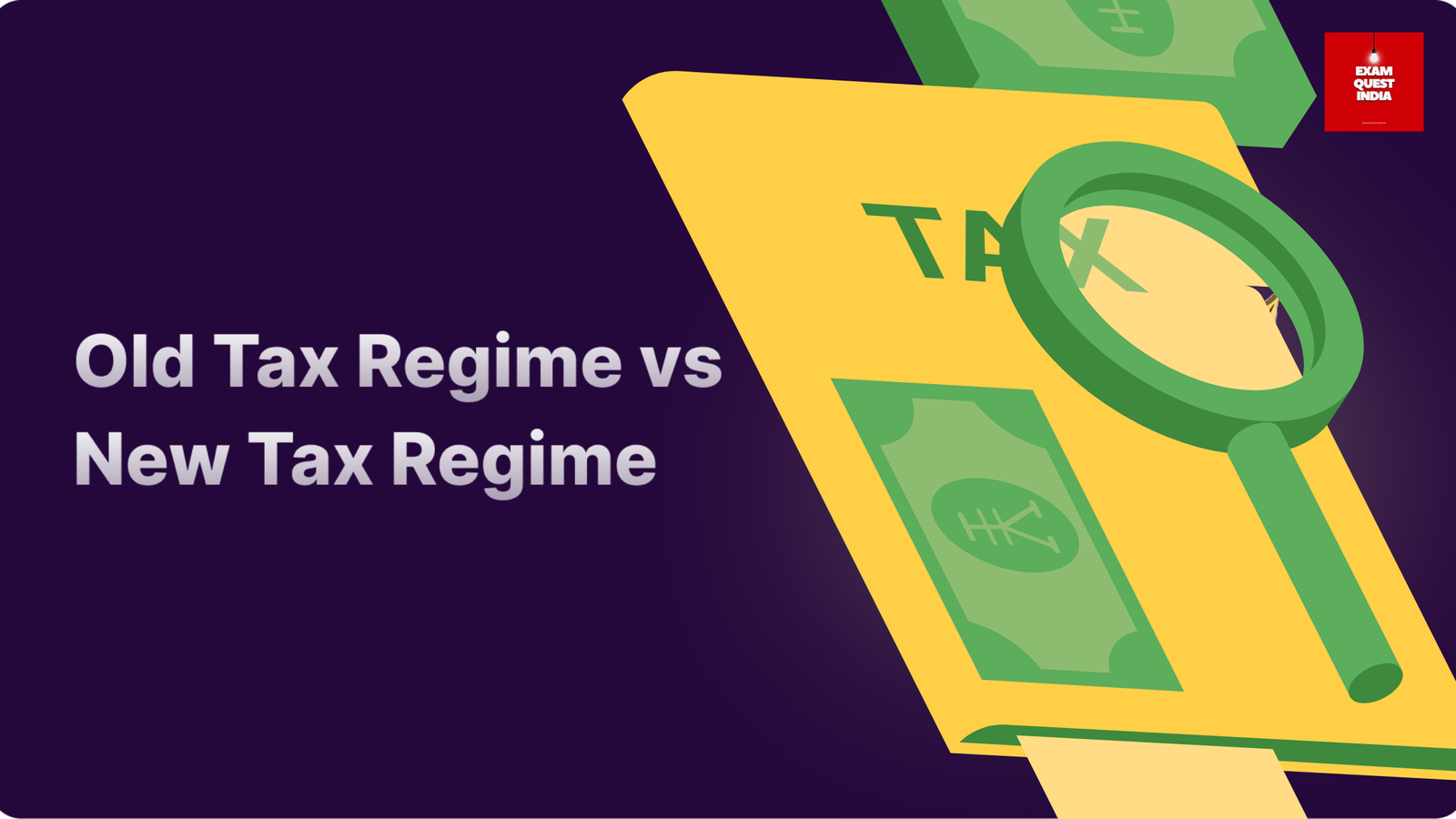
The Indian income tax system offers taxpayers a choice between two regimes: the old tax regime and the new tax regime. This choice often leaves taxpayers wondering which option is better for them. This article aims to provide a comprehensive analysis of both regimes, highlighting their pros and cons, and offering insights to help you make an informed decision.
Table of Contents
Understanding the Old Tax Regime
The old tax regime is the traditional tax system that has been in place for many years. It offers a wide range of deductions and exemptions that can help reduce your taxable income. Some of the popular deductions under this regime include:
- Section 80C: This section allows deductions for investments in various schemes like Public Provident Fund (PPF), Employee Provident Fund (EPF), National Savings Certificates (NSC), life insurance premiums, and equity-linked savings schemes (ELSS). The maximum deduction allowed under Section 80C is ₹1.5 lakh.
- Section 80D: This section allows deductions for health insurance premiums paid for yourself, your spouse, children, and parents. The maximum deduction allowed under Section 80D is ₹25,000 for individuals and ₹50,000 for senior citizens.
- House Rent Allowance (HRA): If you are a salaried individual and pay rent for your accommodation, you can claim a deduction for HRA. The amount of deduction depends on your salary, rent paid, and the city you live in.
- Leave Travel Allowance (LTA): This allowance covers the cost of travel for you and your family within India. It is usually offered by employers as part of the salary package.
Understanding the New Tax Regime
The new tax regime was introduced in 2020 with the aim of simplifying the tax system and providing lower tax rates. However, it comes with a trade-off: you cannot claim most of the deductions and exemptions available under the old regime. The new tax regime offers the following tax slabs:
| Income (₹) | Tax Rate (%) |
|---|---|
| Up to 3,00,000 | 0 |
| 3,00,001 to 6,00,000 | 5 |
| 6,00,001 to 9,00,000 | 10 |
| 9,00,001 to 12,00,000 | 15 |
| 12,00,001 to 15,00,000 | 20 |
| Above 15,00,000 | 30 |
Comparing the Two Regimes
The choice between the old and new tax regimes depends on your individual financial situation. Here are some factors to consider:
- Income level: If you have a lower income, the new tax regime may be more beneficial due to the lower tax rates. However, if you have a higher income and are able to claim a significant amount of deductions under the old regime, it may still be the better option.
- Investment habits: If you are a regular investor and take advantage of deductions like Section 80C and 80D, the old regime may be more beneficial. However, if you do not invest much and prefer lower tax rates, the new regime may be more suitable.
- Financial goals: Your financial goals also play a role in deciding which regime to choose. If you are saving for a down payment on a house or retirement, the old regime may be more beneficial as it encourages investments. However, if you prioritize having more disposable income in the short term, the new regime may be a better choice.
Data and Statistics
According to a survey conducted by ClearTax, around 60% of taxpayers in India still prefer the old tax regime. This is primarily because they are able to claim a significant amount of deductions under this regime. However, the new tax regime is gradually gaining popularity, especially among younger taxpayers who prefer lower tax rates and simpler tax filing.
Recent Changes and Updates
The government has made some changes to the new tax regime in recent years to make it more attractive to taxpayers. In the 2023 budget, the government increased the basic exemption limit under the new regime to ₹3 lakh. This means that individuals with income up to ₹3 lakh do not have to pay any income tax under the new regime. The government has also introduced a standard deduction of ₹52,500 for salaried individuals under the new regime.
FAQs
Q: Can I switch between the old and new tax regimes every year?
A: Yes, individuals (other than those with business income) can switch between the old and new tax regimes every year. However, if you have business income, you can only switch back to the old regime once after opting for the new regime.
Q: Is the new tax regime compulsory for anyone?
A: No, the new tax regime is not compulsory. Taxpayers have the option to choose between the old and new regimes based on their individual financial situation.
Q: What is the default tax regime if I don’t choose one?
A: For individuals (other than those with business income), if you do not explicitly choose a regime while filing your return, you will be considered to have opted for the new tax regime.
Q: How can I inform the income tax department about my choice of tax regime?
A: You can inform the income tax department about your choice of tax regime while filing your income tax return. The ITR forms have sections where you need to select your preferred regime.
Q: Are there any deductions available in the new tax regime?
A: The new tax regime offers very few deductions. The major ones are the standard deduction for salaried individuals and deductions for certain notified pension schemes. Most other common deductions like 80C, 80D, HRA, etc., are not available.
Q: If I have a home loan, which regime is better?
A: If you are paying a significant amount of interest on a home loan, the old tax regime might be more beneficial, as it allows deductions for home loan interest under Section 24. However, you should do the calculations for both regimes to be sure.
Q: I have a large family and high medical expenses. Which regime should I choose?
A: If your medical expenses are high and you can claim deductions under Section 80D, the old regime may be more advantageous. Again, compare both regimes with your specific numbers.
Q: I contribute to the National Pension Scheme (NPS). How does this affect my choice of regime?
A: Contributions to NPS are eligible for deductions under Section 80CCD. This deduction is available under the old regime. A limited deduction for employer NPS contributions is available even in the new regime. Consider the amount you are contributing to NPS when making your decision.
Q: Are the tax slabs the same for senior citizens in both regimes?
A: The basic exemption limit is different for senior citizens compared to individuals below 60 years of age in both regimes. However, the tax rates within the slabs are the same for both.
Q: How do I calculate my taxable income under each regime?
A: Calculating your taxable income involves different steps for each regime. Under the old regime, you subtract eligible deductions and exemptions from your gross income. Under the new regime, you directly apply the tax slabs to your income after the standard deduction. Several online tax calculators can help with these calculations.
Q: Where can I find more information about the tax regimes?
A: The official website of the Income Tax Department of India is the best source for updated and detailed information on tax laws and regulations. You can also consult with a qualified tax professional for personalized advice.
Conclusion
The decision of whether to choose the old tax regime or the new tax regime is a personal one. There is no one-size-fits-all answer. You need to carefully evaluate your financial situation, investment habits, and financial goals before making a decision. If you are unsure which regime is better for you, it is advisable to consult a financial advisor.
Discover more from ExamQuestIndia: The Best Exam Prep Platform in India
Subscribe to get the latest posts sent to your email.







